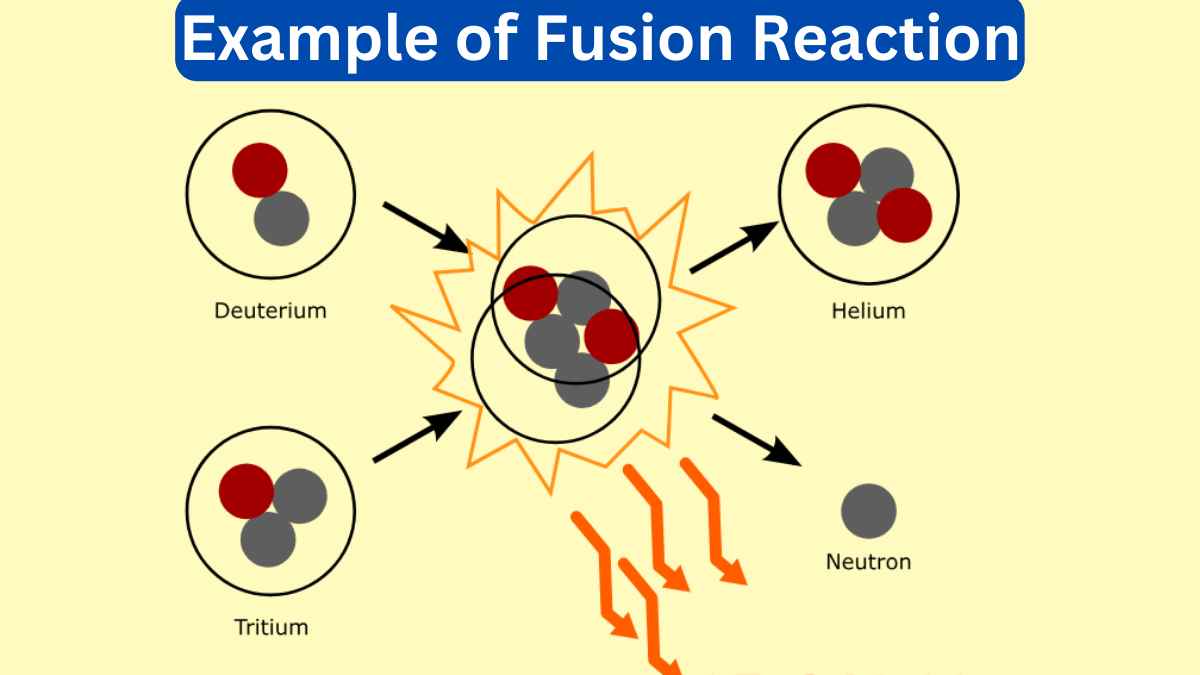10 Example of Heisenberg Uncertainty Principle
The Heisenberg Uncertainty Principle is a fundamental concept in quantum mechanics, proposed by Werner Heisenberg. It states that there is a limit to how precisely we can simultaneously know certain pairs of physical properties, such as position and momentum, for a particle.
Examples of Heisenberg’s Uncertainty Principle include atomic orbitals and electron microscopy.
Example of Heisenberg Uncertainty Principle
Here are ten examples of the Heisenberg Uncertainty Principle.

1. Electron’s Position and Momentum
In the quantum realm, the more precisely you measure an electron’s position (e.g., within an atom), the less precisely you can know its momentum (velocity), and vice versa. This limitation is described by the Uncertainty Principle.
2. Atomic Orbitals
The Uncertainty Principle plays a crucial role in understanding atomic orbitals. Electrons in atoms do not have fixed paths like planets in orbits but exist within certain probability distributions due to the uncertainty in their position and momentum.
3. Electron Microscopy
In electron microscopes, which use electrons to image tiny structures, the Uncertainty Principle sets a fundamental limit on the simultaneous measurement of position (to determine an object’s location) and momentum (to determine its speed and direction).
4. Particle Colliders
In particle physics experiments at high-energy particle colliders like the Large Hadron Collider (LHC), the Uncertainty Principle affects the precision with which particles’ positions and momenta can be measured during collisions.
5. Quantum Cryptography
Quantum key distribution, a method used in quantum cryptography for secure communication, relies on the Uncertainty Principle. It ensures that any eavesdropping attempts will disturb the quantum states being transmitted, providing security.
6. Atomic Spectroscopy
The Uncertainty Principle influences the spectral lines in atomic spectroscopy. The precise measurement of an electron’s energy level is affected by the inherent uncertainty in its position and momentum.
7. Nuclear Decay
In the context of nuclear physics, the Uncertainty Principle plays a role in determining the lifetime and energy spread of certain nuclear decays, such as those involving radioactive isotopes.
8. Quantum Tunneling
Quantum tunneling, where particles can pass through energy barriers, is governed by the Uncertainty Principle. It occurs because particles’ positions and momenta are not precisely defined, allowing them to “tunnel” through classically forbidden regions.
9. MRI (Magnetic Resonance Imaging)
In medical MRI, the Uncertainty Principle influences the trade-off between the precision of a particle’s position (in this case, the nucleus of hydrogen atoms) and the precision of its momentum (which relates to the resolution of the MRI image).
10. Energy and Time
The Uncertainty Principle extends to energy and time. It implies that the shorter the time interval over which you measure a particle’s energy, the greater the uncertainty in that measurement. This is essential in understanding phenomena at very short time scales.
These examples illustrate how the Heisenberg Uncertainty Principle underpins our understanding of the behavior of particles and systems in the quantum world, placing fundamental limits on our ability to simultaneously know certain pairs of properties with high precision.

 written by
written by 





Leave a Reply